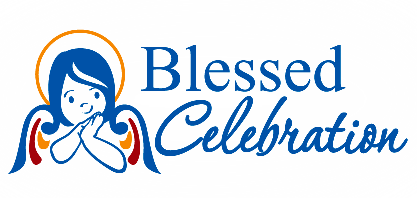Saint Christopher Greek Orthodox Icon
Important Timing Note: These are handcrafted icons from Greece. Average turnaround time is 4 weeks. Please allow 2-5 weeks for delivery. If you are in a rush for the icon, please do not order this handmade item.
~~~
The icon reproductions are created by iconographer monks of various Greek Orthodox monasteries in Greece and all images are approved replications by the Greek Orthodox Church. As icons are considered to be the Gospel in image, these images are accurate and true Orthodox renderings, not second-hand interpretations.
These icon reproductions are prepared in the traditional Orthodox style: a fine detailed image is mounted on solid wood. The mounted image is covered with shellac to provide the luster of a traditional byzantine icon. The icon is then covered with multiple layers of varnish to coat the image with a protective layer that shields the colors from fading and protects from humidity. This Icon also has a hook on the back enabling it to be hung on walls.
These icons are a true Orthodox image approved by the Eastern Orthodox Archdiocese.
Iconographer: Father Michael
Commemorates on: May 9
Saint Christopher was at first named Reprobus. Seeing the Christians persecuted, he rebuked the tyrants for their cruelty. Soldiers were sent to bring him to appear before the ruler; but he converted them to Christ, and with them was baptized, receiving the name Christopher. After he appeared before the ruler, he was imprisoned and two harlots were sent to seduce him, but he converted them also, and encouraged them in their martyrdom. He was subjected to torments and finally beheaded in the days of Decius. Many marvelous and mythical things are said about him out of ignorance and superstition. one of which is that it is impossible for one to die suddenly from some unexpected cause on the day on which one looks at the Saints icon. This is the origin of that proverb that is quoted in various quarters: "If on Christopher thou shouldst gaze, thou shalt safely wend lifes ways." The etymology of his name, which means "Christ-bearer," has undoubtedly moved iconographers to depict him carrying the infant Jesus on his shoulders; it is completely erroneous, however, to depict him, as some uninformed iconographers do, having the head of a dog, because of a statement in his life that he was dog-faced, by which is meant only that his countenance was exceedingly frightful to look upon.



